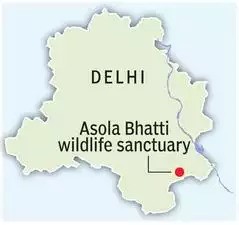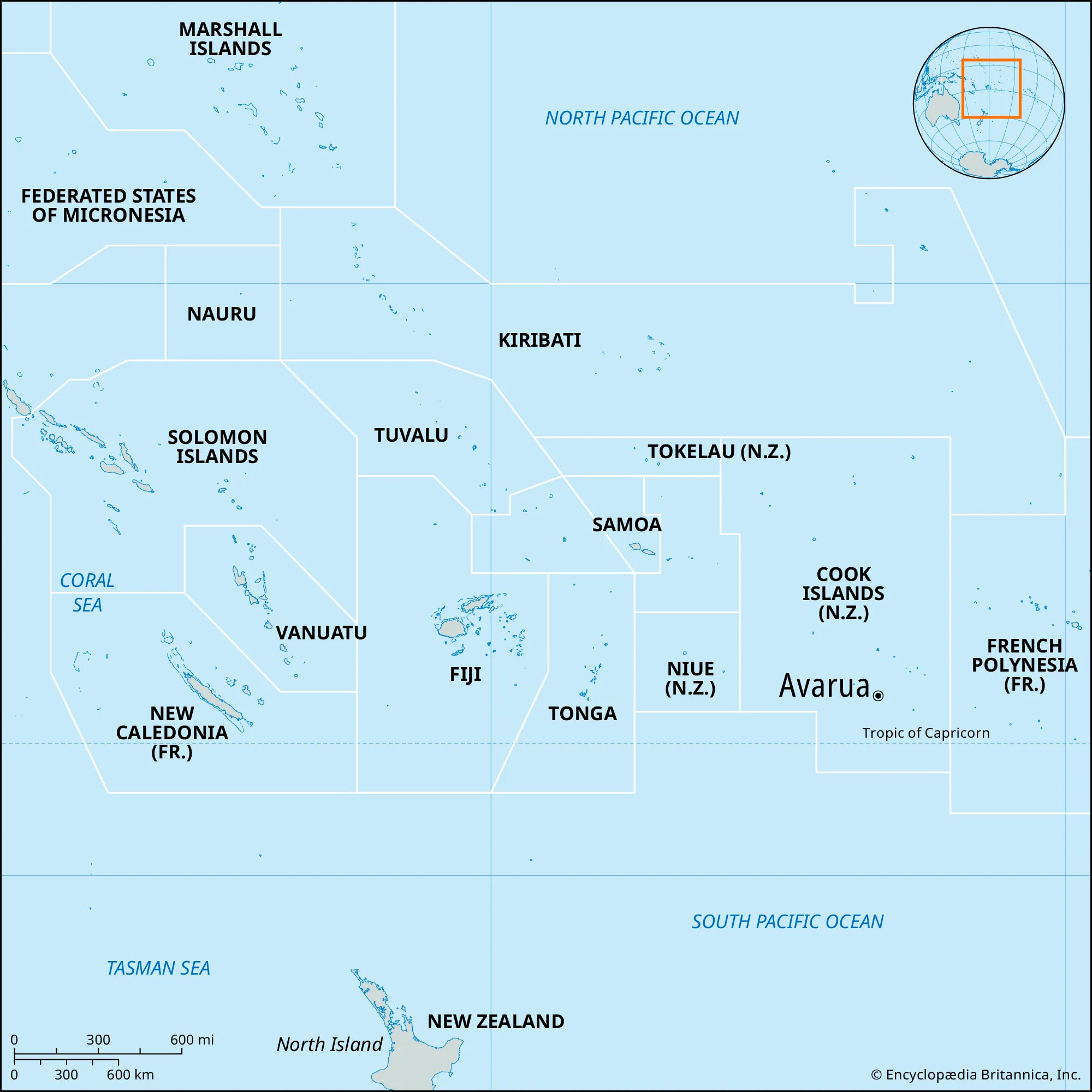- Home
- Prelims
- Mains
- Current Affairs
- Study Materials
- Test Series
May 11, 2024 Current Affairs
Two Kerala government-controlled temple boards have banned use of oleander in temple offerings after a 24-year old woman died after accidentally chewing some oleander leaves.
Oleander flowers:
- Nerium oleander, commonly known as oleander or rosebay, is a plant cultivated worldwide in tropical, subtropical, and temperate regions.
- It is known for its drought tolerance, the shrub is often used for ornamental and landscaping purposes.
- In Kerala, the plant is known by the names of arali and kanaveeram, and is grown along highways and beaches as a natural, green fencing.
- There are different varieties of oleander, each with a flower of a different colour.
- The plant has been frequently described in Brihattrayi, Nighantus and other classical Ayurvedic texts.
- Charka [Charak Samhita] has prescribed the leaves of white flowered variety externally in chronic and obstinate skin diseases of serious nature including leprosy.
- According to Ayurvedic Pharmacopoeia of India (API) an oil prepared from the root bark can be used to treat skin diseases.
Oleander’s toxicity
- Ingestion or inhalation of smoke from burning oleander can be intoxicating.
- This is due to the properties of cardiac glycosides (a type of chemical) including oleandrin, folinerin, and digitoxigenin, which are present in all parts of the plant.
- Effects of oleander toxicity include nausea, diarrhea, vomiting, rashes, confusion, dizziness, irregular heartbeat, slow heartbeat, and, in extreme cases, death.
Constructed wetlands emerge as a promising approach, offering not only effective treatment but also environmental and economic benefits.
Constructed wetlands:
- These are engineered structures designed to replicate the functions of natural wetlands.
- They are composed of meticulously chosen vegetation, soil and water, orchestrated to facilitate a seamless process of purification.
- Constructed wetlands are typically divided into two categories:
- Subsurface flow (SSF): These wetlands direct wastewater through gravel beds or porous media, promoting microbial activity that degrades organic matter.
- Surface flow (SF): These wetlands demonstrate their aesthetic appeal above the water’s surface, with gently flowing streams and lush vegetation.
- Objective: To convert pollutants into benign compounds through natural processes.
- Unlike conventional concrete tanks, these wetlands foster biodiversity, welcoming a diverse array of life forms — ranging from microorganisms to aquatic plants and even birds — to engage in the purification process.
- India boasts several remarkable locations where constructed wetlands are utilised for wastewater treatment.
- One such example is the Asola Bhatti Wildlife Sanctuary in Delhi, situated on the city’s outskirts.
- The Kolkata East Wetlands in West Bengal, designated as a Ramsar site, feature a vast network of natural and constructed wetlands.

Benefits:
- Cost-Effectiveness: In contrast to traditional treatment facilities, constructed wetlands frequently offer a more economical option for construction and upkeep.
- Environmental benefits: In addition to their primary role in wastewater treatment, constructed wetlands offer supplementary environmental advantages. They function as habitats for a wide array of plant and animal species, promoting biodiversity conservation.
- Scalability and adaptability: Constructed wetlands are flexible in their scalability, able to be adjusted to fit various industrial operations and spatial limitations.
The Cook Islands is at the vanguard of a quest to mine the ocean floor for minerals used in electric car batteries.
Cook Islands:
- It is a self-governing island state in free association with New Zealand.
- Location: It is located in the South Pacific Ocean, between Tonga to the west and French Polynesia to the east.
- It consists of 15 islands divided into a northern group of six islands and a southern group of nine islands.
- Northern Islands: These are mostly low-lying and sparsely populated coral atolls; and include the islands of Manihiki, Nassau, Penrhyn, Pukapuka, Rakahanga, and Suwarrow and are covered in light vegetation and equipped with stunning white sand beaches.
- Southern islands: These generally consists of much larger higher islands that are volcanic in origin and more densely populated. The southern island group includes Rarotonga, Aitutaki, Atiu, Mangaia, Manuae, Mauke, Mitiaro, Palmerston, and Takutea.
- The highest point is Te Manga which rises to 652m on the Rarotonga island.
- Population: Most of the population is found on the island of Rarotonga.
- Capital city: Avarua, which is on Rarotonga island.


World’s largest Direct Air Capture and Storage (DAC+S) plant in Iceland
- Swiss Company Climeworks has launched its second commercial DAC+S facility, larger than its predecessor Orca.
CDR (Carbon Dioxide Removal):
- CDR is anthropogenic activities that remove CO2 from the atmosphere and securely store it in geological, terrestrial, or ocean reservoirs.
- Necessary to achieve net-zero CO2 and greenhouse gas emissions, as highlighted in the IPCC Sixth Assessment Report.
Significances:
- Carbon capture technologies are crucial for achieving near-zero CO2 emissions in power plants and industries.
- Aids the global transition to net-zero emissions by managing CO2 from both industrial processes and directly from the atmosphere.
Carbon Removal Efforts:
- Direct Air Capture (DAC) and DAC+S technologies capture CO2 directly from the atmosphere, key for maintaining global temperatures within safe limits.
- Involves techniques like Post Combustion Capture, Pre-Combustion Capture, and Oxy Fuel Combustion.
- Other CDR methods include Afforestation/Reforestation, Soil Carbon Sequestration, Enhanced Weathering, Ocean-based CDR methods like ocean fertilisation and ocean alkalinity enhancement, and Bioenergy with Carbon Capture and Storage (BECCS).
Carbon Capture Plants in India:
- Tata Steel’s CO2 capture plant in Jamshedpur, a first of its kind in India’s steel industry.
- Supported by initiatives like the Indian CO2 Sequestration Applied Research Network and inclusion in the National Action Plan on Climate Change.
Impact on the Climate:
- Reduces CO2 emissions significantly from key industrial sources.
- Contributes to the mitigation of global warming and its environmental impacts.









 Latest News
Latest News
 General Studies
General Studies